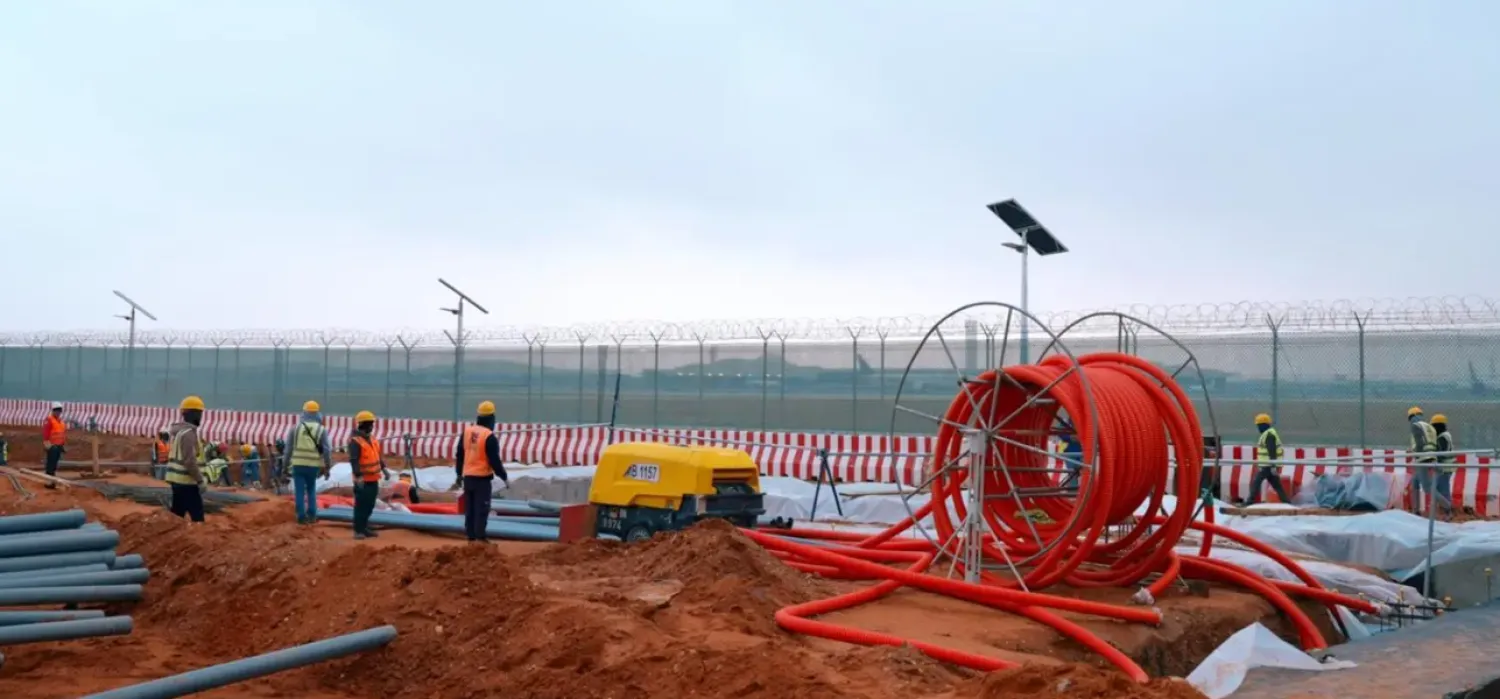The number of small and medium enterprises (SMEs) in Saudi Arabia increased by about 68 percent, reaching 752,500 during Q1 of 2022, in light of the incentives provided by Vision 2030.
A recent report by the Digital Transformation Program, a copy of which was reviewed by Asharq Al-Awsat, showed that SMEs constitute 99.5 percent of the total companies in the Kingdom.
The Kingdom supports this sector and paves the way for entrepreneurs to increase the contribution to the gross domestic product to 35 percent within the goals of Vision 2030.
According to the report, Vision 2030 helped increase the rate of entry of SMEs into the local market, most notably the establishment of the Small and Medium Enterprises General Authority (Monshaat).
The Authority aims to regulate, support, develop, and sponsor the SME sector in the Kingdom, following global best practices to increase their contribution to GDP.
It launched the Support Center, among the tools that helped raise the sector’s share in the Saudi market.
The Center includes integrated unified units that provide programs to develop enterprises and entrepreneurs, including consultations, presentations to investors, training, development services, and guidance.
It also links SMEs with large enterprises in the same economic zone.
The Saudi government will launch an ambitious program affiliated with Monshaat with an integrated system that supports fast-growing enterprises to promote and advance their growth by linking them with service providers and supporting public and private agencies.
The National Transformation Program (NTP) report stated that one of the most prominent efforts to support the sector is the launch of the Small and Medium Enterprises Bank, as one of the funds and development banks to increase financial loans, enhance the contributions of financial institutions in providing innovative financing solutions, and achieve financial stability.
The sector’s incentives include legislative development, such as the franchise system, which encourages the sector’s activities by setting a regulatory framework that sets policies for the relationship between the franchisor and the grantor.
It determines the foundations for this relationship based on the principle of transparency, which facilitates the procedures for introducing trademarks into the global market in Saudi Arabia.
The report indicated that one of the most important efforts that helped grow small and medium enterprises is e-commerce, which aims to boost confidence in e-transactions, protect consumer rights, and stimulate and develop the sector.
Monshaat revealed in its report for the first quarter of this year that the number of micro, small, and medium enterprises reached about 752,500 establishments, achieving a 15 percent increase compared to the same period in 2021.
The report focused on the most important event in the Kingdom during the first quarter, represented by the organization of the Global Entrepreneurship Congress in Riyadh, held in March, with over 9,300 attendees from 180 countries.
The Congress recorded a high level of agreements and investments amounting to $13.8 billion and more than ten financing rounds for Saudi startups.
The report reviewed the developments in the culture, entertainment, and sports sectors, noting that SMEs achieve an average annual revenue of $640,000, compared to the average revenue earned by emerging sectors of $800,000.
The report disclosed that SMEs received financing facilities amounting to $17.2 billion through the Kafala program launched by Monshaat, which guarantees bank loans to small and medium enterprises.









